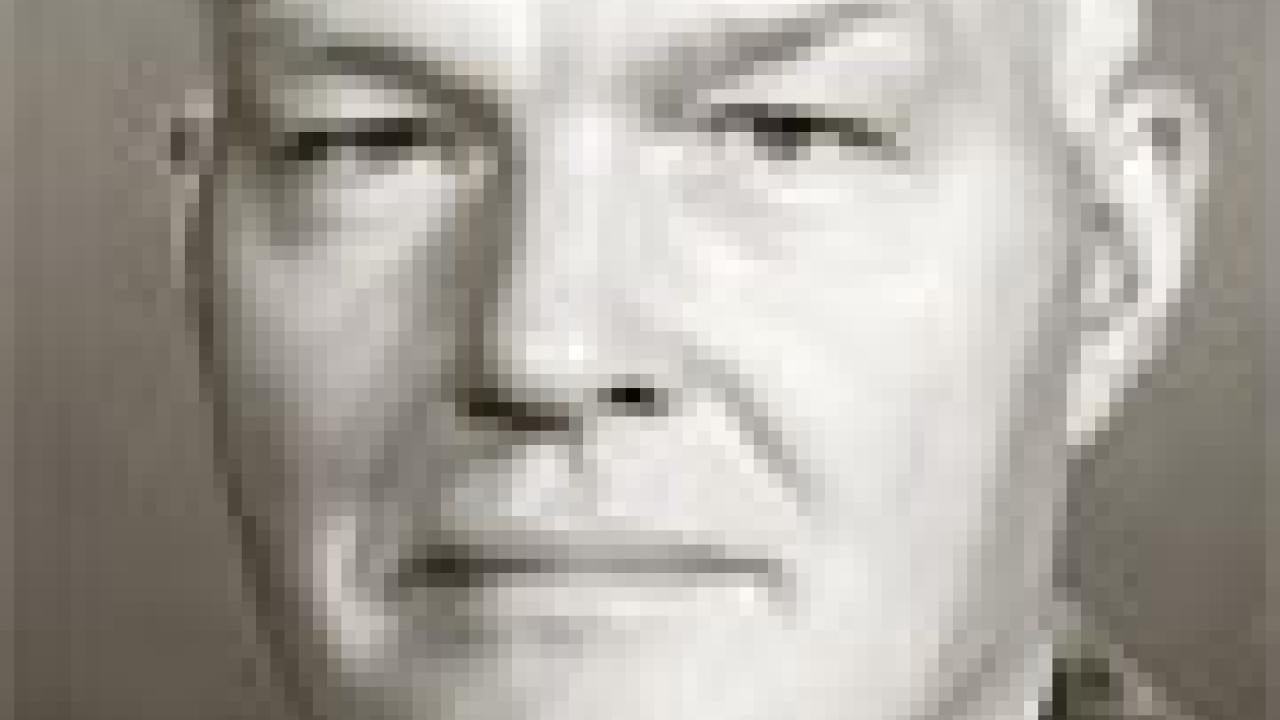University of California, Davis, entomologist Richard M. Bohart, 93, world-renowned for his expertise on wasps and mosquitoes, died Feb. 1 in a Berkeley hospital after a long illness.
Funeral services are pending.
During his career, Bohart identified more than 1 million mosquitoes and wasps, many displayed at UC Davis' R.M. Bohart Museum of Entomology, a teaching, research and public-service facility that he founded in 1946. He authored 230 separate publications, and wrote six books on mosquitoes and wasps.
In 2006, Bohart received the International Society of Hymenopterists Distinguished Research Medal, one of three ever awarded. Hymenoptera is an order of insects that includes bees, wasps and ants.
In nominating him for the award, Bohart's former students noted that their mentor had "contributed substantially to the world literature of the hymenoptera order, including co-writing two landmark books, "Sphecid Wasps of the World" (with A. S. Menke) and "The Chrysidid Wasps of the World" (with L.S. Kimsey).
James M. Carpenter, curator of hymenoptera at the American Museum of Natural History, New York, described Bohart as a "giant among hymenopterists."
"His combination of publications (both quantity and quality), collection building, and student training (many of whom are distinguished scholars; leading scientists in their own right) is unsurpassed among the world's leading hymenopterists of the last century," Carpenter noted.
Born Sept. 28, 1913, in Palo Alto, Bohart began collecting butterflies at age 7. He went on to study at UC Berkeley, receiving three degrees in entomology, including his doctorate in 1938. He and his brother George played on the UC Berkeley football team.
He taught at UCLA from 1938 to 1941, and then enlisted in the U.S. Navy Medical Corps in 1941, serving as a lieutenant commander of the Pacific Area and Washington. He joined the UC Davis faculty in 1946, chaired the Department of Entomology from 1956 to 1965, and retired in 1980 as an emeritus professor.
Bohart spent his sabbaticals on entomological expeditions, visiting museums and collecting insects. In 1960 alone, he visited 21 museums in Europe and the eastern United States. His other expeditions took him to South Africa, South America and Australia.
"Dr. Bohart, or 'Doc' as all of his students knew him, is the reason most of us became entomologists," said UC Davis entomology professor Lynn Kimsey, director of the Bohart Museum. "As graduate students we were all terrified of him and thought he ate undergraduates for breakfast. But he was generous, enthusiastic and provided us with all the support he could, even with 'funds' out of his own pocket. I owe my career in entomology to him -- and my love of wasps."
She noted that many of Bohart's students advanced to leadership positions in both government and academia in the United States and abroad, dominating the field for a generation.
Bohart lived in Davis for more than three decades with his wife, Margaret, who died in January 1994. They had no children. Several years ago he moved to Hercules, Contra Costa County, with his second wife, Elizabeth Arias.
In addition to his wife, he is survived by nieces and nephews. A campus memorial is being planned.
Media Resources
Pat Bailey, Research news (emphasis: agricultural and nutritional sciences, and veterinary medicine), 530-219-9640, pjbailey@ucdavis.edu
Kathy Keatley Garvey, Entomology, 530-754-6894, kegarvey@ucdavis.edu
